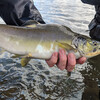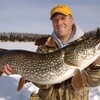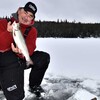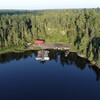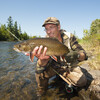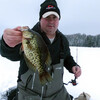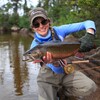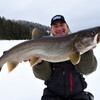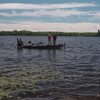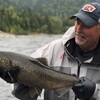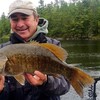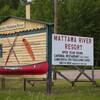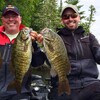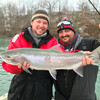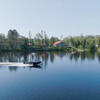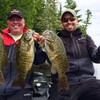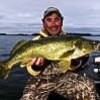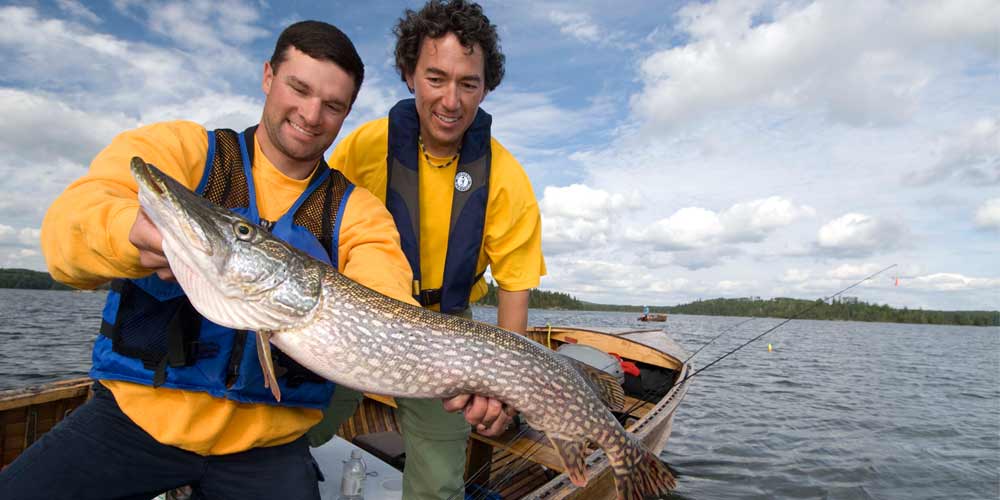
Crackin' The Code
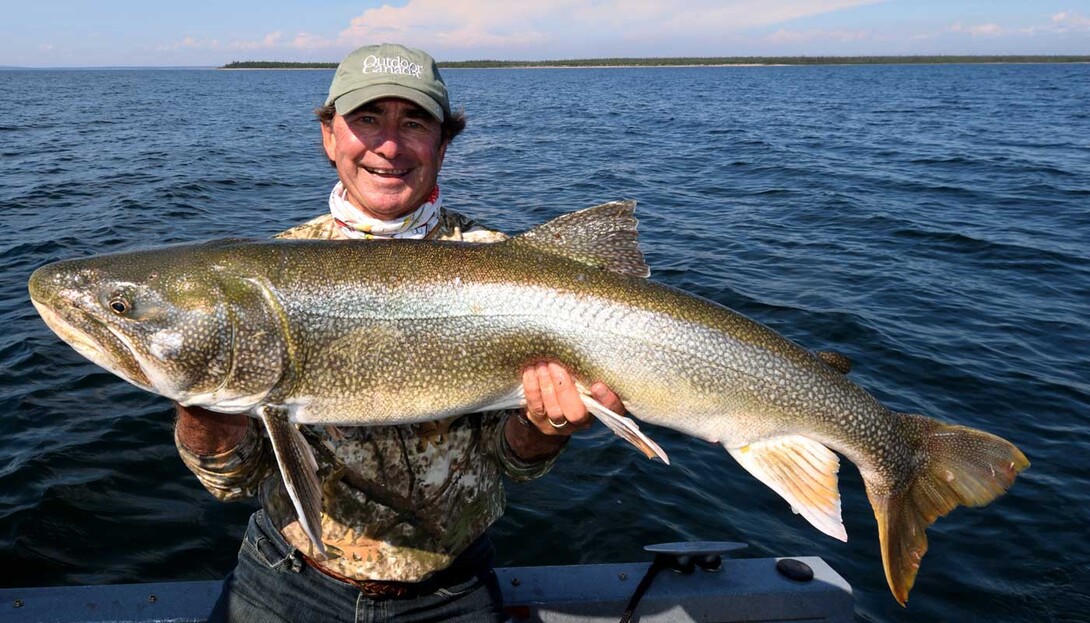
Whether you're an angler visiting Northern Ontario for the very first time or a seasoned veteran with years of experience under your belt, the key to success most days is cracking the code and finding the primary pattern.
By this, I mean determining the key depth, or zone, of the water column that the fish are using, and then experimenting with a variety of lures and baits to find the most consistent way to catch them. When you piece together all the clues, it is amazing how you can look at a map or the shoreline and identify all of the spots where you're likely to catch fish.
And the species don't particularly matter, because you can "pattern" walleye, bass, northern pike, muskies, and trout all the same way.
Indeed, for the past few weeks, I have been having a ball-catching lake trout that has been cruising close to the bottom in moderately deep water (30 to 40 feet), off rocky points, and boulder-strewn shoals.

The trout have been using the Volkswagen-size stones to ambush the wandering schools of ciscoes that have been riding the crest of the thermocline— the cold/warm water interface—and wreaking havoc on the silvery baitfish.
I wish I could say that I have spent hours refining the pattern, but the fact of the matter is, it hasn't been a difficult task. From past experience, I knew I'd find the trout much shallower than most anglers suspect. For certain, the air temperature has been gloriously warm and the bluebird days splendidly sunny, but it takes a lot of solar energy to penetrate the deep, clear water column, to warm it up sufficiently to drive the cold water-loving lake trout down deep.
So, once I found the trout's preferred 52° to 54° F band of water in the 40-foot depth range, it was a simple matter of pinpointing all the boulder and rock-strewn points that sloped out into this zone.
As a matter of fact, I could look along the shore and predict with uncanny accuracy that we'd catch them... there, there, and there.
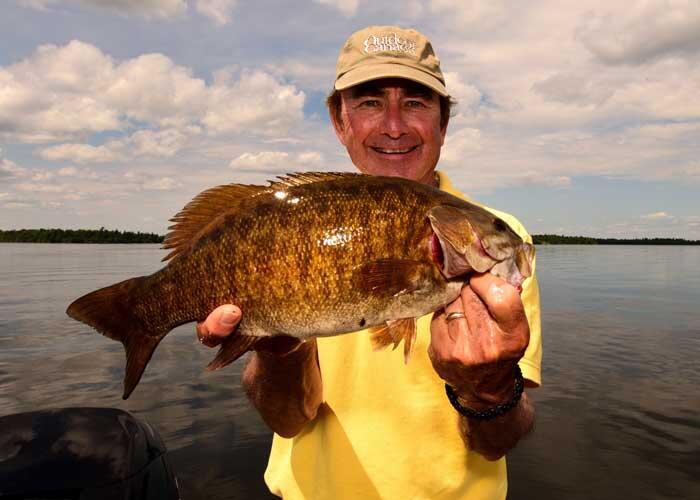
Knowing the trout were dining on four- to six-inch long silvery ciscoes—one trout even coughed out a recently eaten piece of sushi for me to inspect—made the lure selection part of the pattern puzzle easy to decipher, too.
I always like to start the day trolling around the key structures, while I look for fish with my electronics. So, I pulled a half-silver, half-gold Nu-wrinkle Williams Nipigon spoon with a single siwash hook on which I had threaded a white curly tail grub.
Normally, I prefer the bigger Williams Whitefish spoon, but on the small backcountry lakes north and east of Kenora that I have been fishing, the trout are modest in size, and the 2 1/2-inch long Nipigon spoon perfectly matches the size, shape, and colour of the native ciscoes.
This is the refining part of pattern fishing that I most enjoy.
It is worth noting, too, that after I had caught a few trolling the spoon on a lead core outfit, I stopped and fan-casted a 3/4-ounce Freedom Lure Hydra jig on which I had attached either a white/silver or cisco-coloured 5-inch Bass Magnet Shift'R Shad or Angler's Choice Sniper Shad swimbait.
The spoon and swimbait combination is always a deadly one-two lake trout punch, but I was able to refine the pattern even further.
For example, when it was flat calm, hot, and sunny, I noticed that the trout were almost always positioned on the dark, shady side of a structure. It was uncanny how the fish would shift their position throughout the day, moving around the point, keeping themselves hidden in the moving shadow.
When it was breezy, on the other hand, I enjoyed my best success keying in on the points and structures that were fully exposed to the wind. In fact, most days, I caught twice as many trout fishing around the wind-exposed points as I did the ones protected from the breeze.

And get this: when the wind shifted direction, the previously protected points "turned on," while the prior wind-exposed points "shut down."
It was a clear indication that patterns are often only reliable from one day to the next, as long as the water and weather conditions remain consistent. When they change, the pattern usually changes correspondingly.
Having said this, however, most days you only need to tweak or fine-tune the relationship in order to get back onto the fish. Other times a more dramatic shift is in the offing, like all of the mayflies that have been hatching and collecting on the store windows and houses along the waterfront here in town.
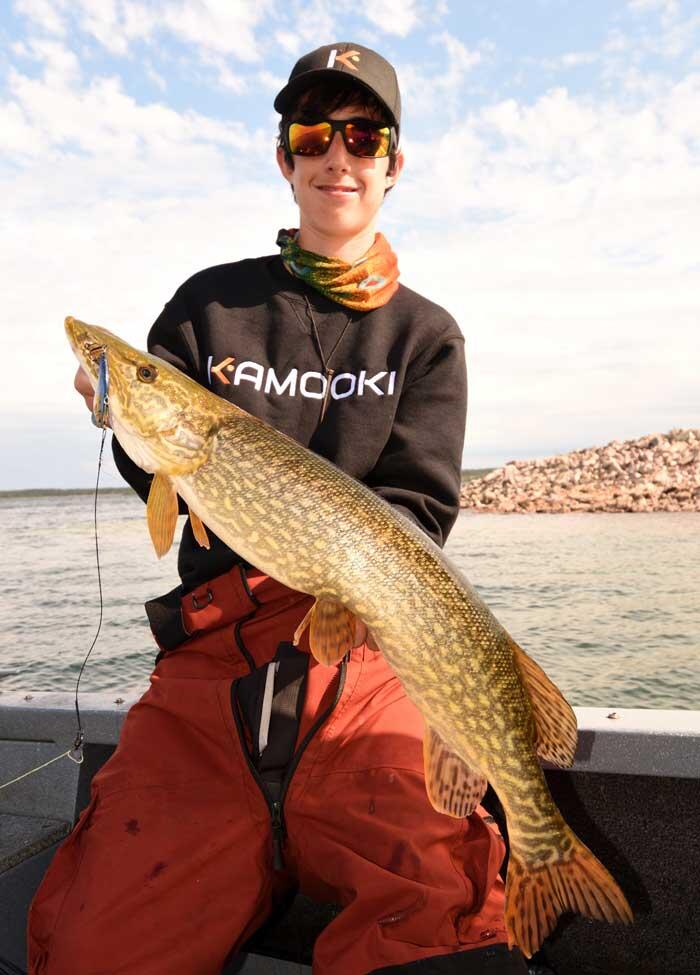
It is a sure sign that the trout will shift away from the hard-bottomed, rocky structures and reposition themselves on the clay and mud-bottomed basins where the insects are now emerging by the millions.
And as the fish transition, we'll need to scrap the old pattern and move with them, likely pitching vibrating, lipless crankbaits to match the new mayfly hatch and crack the code anew.
Recommended Articles
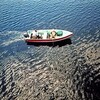
Portage Paradise Walleye
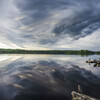
Lac Seul Outpost Adventure
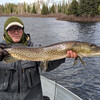
Hearst Air Service
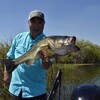
Tournament Tips
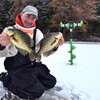
Seeing is Believing
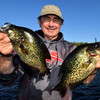
Hello Summertime Crappies
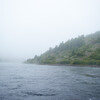
Fly Fishing Basics

Whitefish Lake Walleye
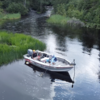
Fishful Dreams Do Come True
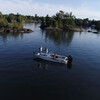
3 Must Fish Ontario Hotspots for Smallmouth Bass
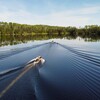
Leuenberger Air Service Is Your Ticket to Ontario's Best Fishing
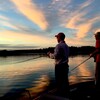
Four Fantastic Ontario Musky Waters

Top Flies for Northern Pike
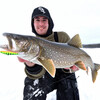
How To Stay Really Warm This Winter: The Second Edition

Cat Island Lodge

Worm Your Way In

First Class Fishing Vacations
